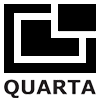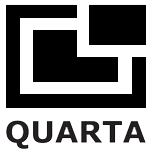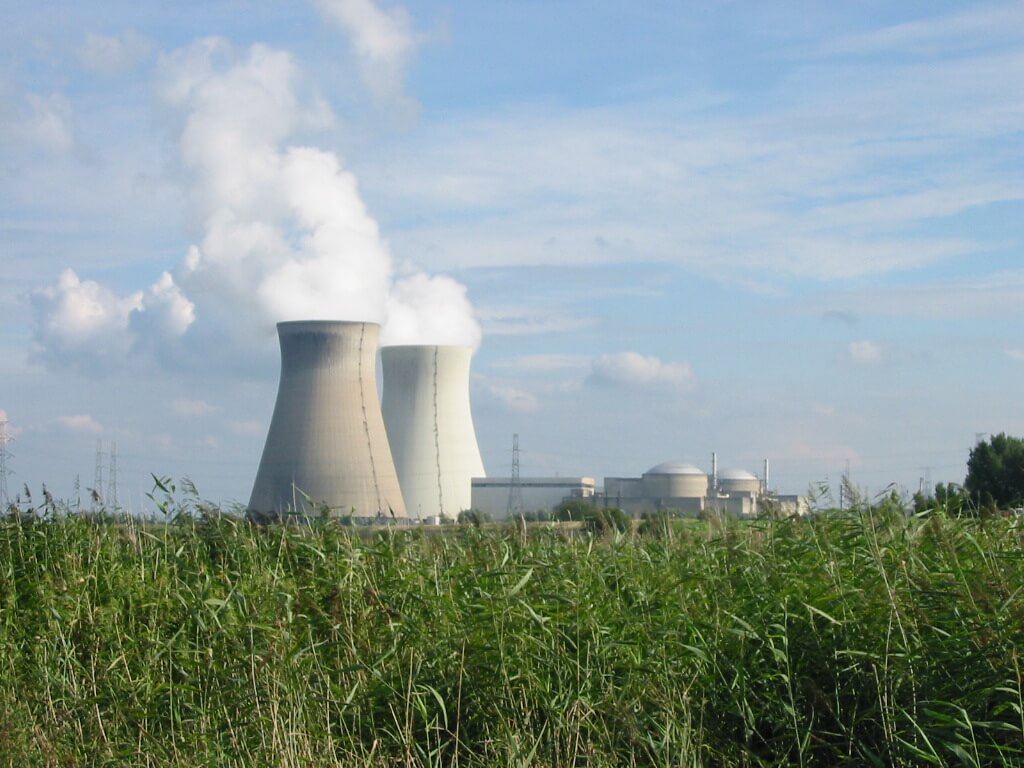This article is used with permission from
How dangerous to human health is radiation from the crippled nuclear power plant in Japan? How does it compare with other nuclear accidents and our everyday radiation exposure?
With the help from the wonderful people at Allianz.com we will break down the scale of measurements into easy-to-understand references, so you can get the most out of your Geiger Counter and be more informed about your surroundings.
Not all radiation is the same, so scientists use the ‘sievert’ to measure the health risks of radiation.
A one-sievert dose of radiation would cause immediate radiation sickness. But most radiation doses are much smaller, so you’ll see them measured in millisieverts or even smaller microsieverts.
1 sievert = 1000 millisieverts
1 millisievert = 1000 microsieverts
Radiation Dose: 0.09 microsieverts Exposure:
One year living within 50 miles of a nuclear power plant
It should be safe to live beside a normally functioning nuclear power station. The radiation it sends into the surrounding environment is 100 times less than our daily dose of background radiation from natural and man-made sources.
In fact, you’d receive more radiation exposure—0.3 microsieverts a year—living next to a coal-fired power plant, because coal smoke contains radioactive substances. (Source: Reuters)
Radiation Dose: 0.1 microsieverts
Exposure: Eating one banana
Bananas are radioactive. It’s true! They contain tiny quantities of naturally occurring Potassium-40, as do Brazil nuts, which also contain Radium-226. A bag of Brazil nuts has a dose of about 10 microsieverts.
Fortunately, our body’s metabolism easily deals with these radioactive materials. In fact, most foods are ever-so-slightly radioactive. Over 10 percent of the average person’s total annual dose of background radiation comes from food: that’s about 400 microsieverts, 40 bags of Brazil nuts, or 4000 bananas! (Source: Reuters)
Radiation Dose: 3.5 microsieverts
Exposure: Lowest daily dose within 30-60km of the Fukushima nuclear plant
A Geiger counter for measuring radiation sits on a map of the Fuksuhima area. Radiation levels in the areas surrounding the crippled reactor vary wildly from day to day and place to place. On March 18, Japan’s science ministry measured radiation at 18 locations in areas 30 to 60 kilometers from the power plant.
The lowest levels were about 0.5 microsieverts per hour. Assuming somebody was continuously exposed (i.e. outdoors) for 7 hours, they received a dose of about 3.5 microsieverts, just over one third of their normal daily dose of background radiation. A dental X-ray gives a dose of 5 microsieverts. (Source: Reuters)
Radiation Dose: 50-100 microsieverts
Exposure: One chest X-ray
Radioactive X-rays are passed through the patient to produce an image that is used for diagnosis. For some diseases, gamma rays emitted by radioactive materials are introduced into the patient by injection, or by swallowing or by inhalation.
Cancers may be treated through radiotherapy, in which X-rays or gamma rays from cobalt-60 or similar sources are aimed at diseased cells. Medical radiation makes up the vast majority of man-made radiation doses, about 14 percent of the average person’s annual dose of background radiation. (Source: Reuters)
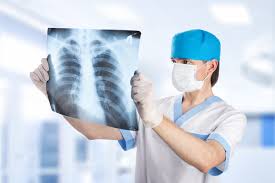
Radiation Dose: 200 microsieverts
Exposure: Round trip flight from New York to Tokyo

The Earth is continuously bombarded by cosmic radiation from the sun and other energy sources in space. The atmosphere acts as a shield, but the higher you go, the less the protection you get.
An aircraft fuselage isn’t much protection either. Someone flying from New York to Tokyo on March 18, 2011 would have received a dose of 10 or 20 times more radiation than some people living within 60km of the Fukushima nuclear power plant. (Source: Reuters)
Radiation Dose: 1 millisievert (1000 microsieverts)
Exposure: Maximum dose within 10 miles of the Three Mile Island accident
In 1979, the biggest nuclear accident in America’s history caused a partial meltdown of a nuclear reactor core, allowing radioactive coolant to escape.
The doses of radiation received by the general public living near the plant were about a third of the average background radiation for U.S. residents, and medical studies have concluded that the accident had no substantial health effects. (Source: Reuters)
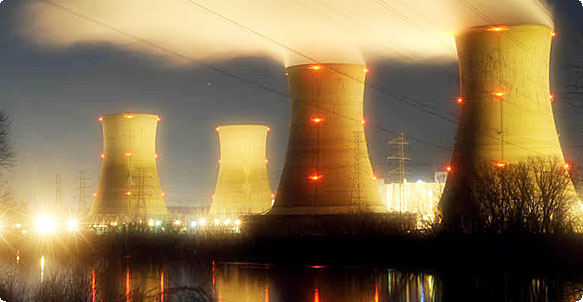
Radiation Dose: 1.2 millisieverts
Exposure: Highest daily dose within 30-60km of the Fukushima nuclear plant.
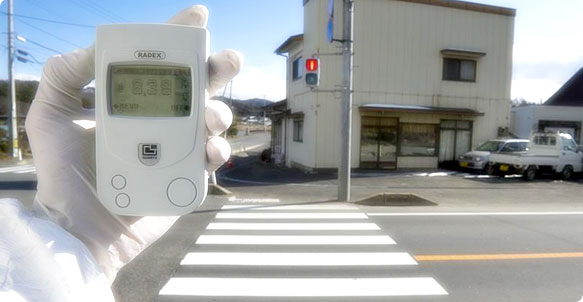
On March 18, the Japanese science ministry measured radiation at 18 locations in areas 30 to 60 kilometers from the crippled nuclear power plant. The measurements varied hugely.
The highest levels were about 170 microsieverts per hour. Assuming somebody was continuously exposed (i.e. outdoors) for 7 hours, they received a dose of about 1.2 millisieverts. That’s an extra third of their normal annual dose of background radiation in just one day, and well above Japanese safety limits. (Source: Reuters)
Radiation Dose: 3.65 millisieverts
Exposure: Average annual dose of background radiation from natural and man-made sources.
Cosmic rays, the Earth’s crust and soils, the buildings we live in, and the food we eat account for about 85 percent of our annual dose of natural radiation. Almost all the rest comes from medical scans.
Radioactive uranium, thorium, and potassium-40 exist in rocks and soil and so end up in building materials. Radon is a radioactive gas that comes from uranium and seeps out of rocks and soil. It accumulates in buildings and, when inhaled, can lodge in the lungs.
The average background dose is the equivalent of about 0.35 microsieverts an hour. By comparison, Tokyo reached a high of 0.109 microsieverts per hour on March 31, 2011. (Source: Reuters)
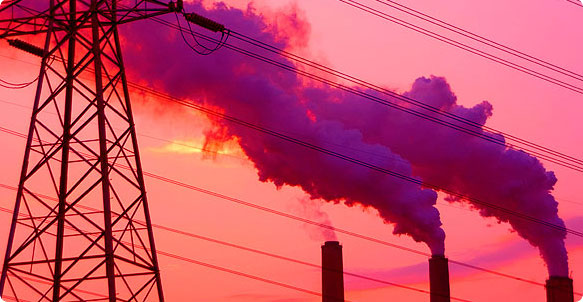
Radiation Dose: 4.4 millisieverts
Exposure: One year working in an Australian uranium mine.
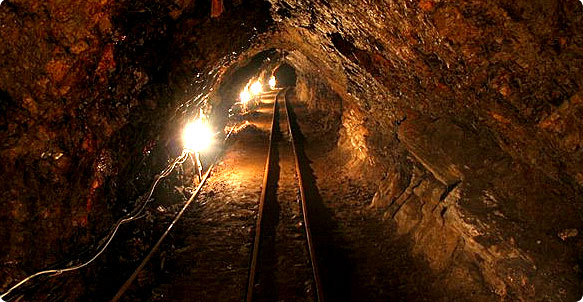
The uranium used in nuclear reactors comes from uranium ore dug out of the ground. Miners working in underground and open cast pits inhale radioactive uranium ore dust and radon particles.
Doses range from 3 to 20 millisieverts a year (the industry limit) with the average annual dose 4.4 millisieverts. Exposure to the maximum dose over 40 years increases fatal cancer risk by about 3 percent. (Source: Reuters)
